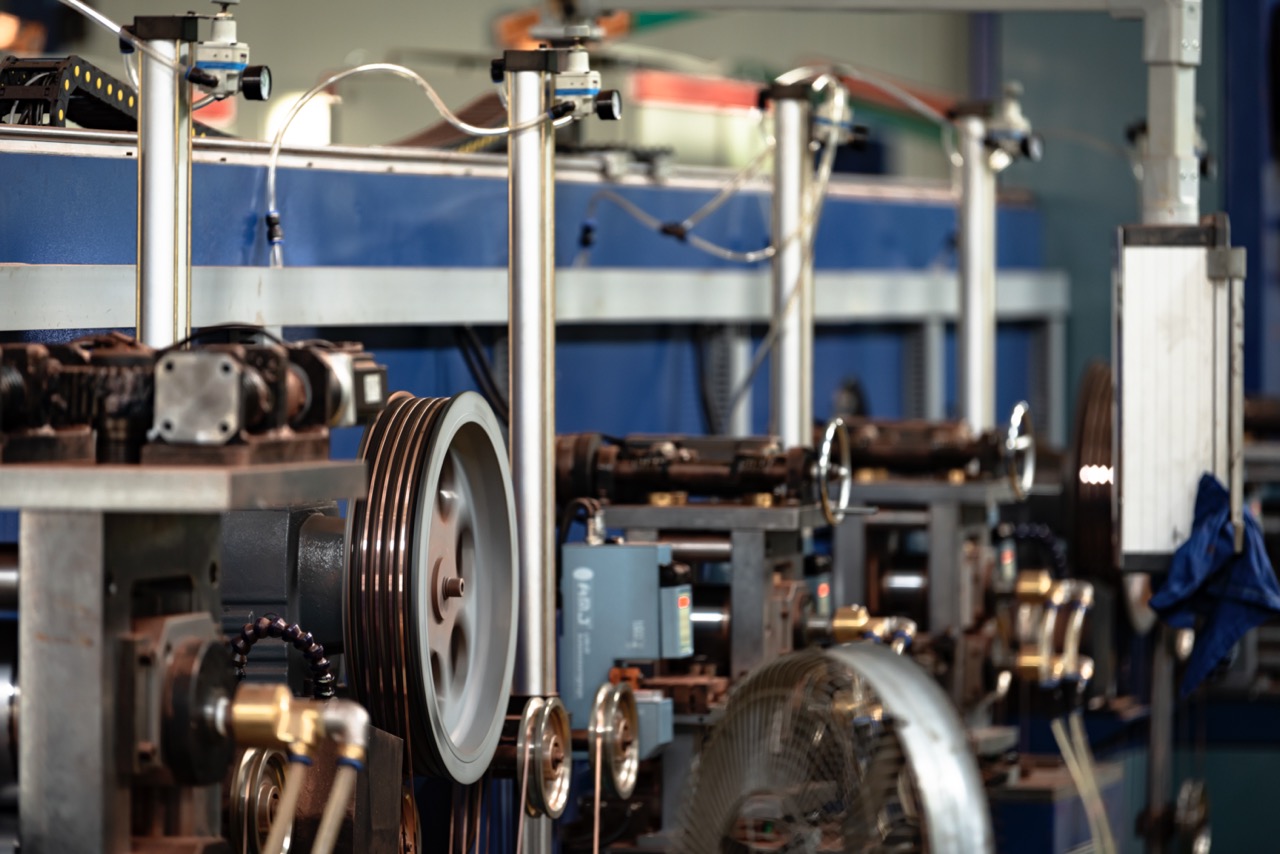performance
Advantages: Copper clad aluminum welding strip uses aluminum as the base material and copper as the outer layer. The copper layer provides a certain conductivity and is suitable for low power applications with low current requirements.Photovoltaic modulesIn addition, due to the low density of aluminum, a larger cross-sectional area design can be used at the same weight, which can alleviate the lack of conductive performance.
Disadvantages: The effective conductivity of copper-clad aluminum welding strip is lower than that of pure copper. The interface between the aluminum core and the copper layer is prone to contact resistance, especially when the voltage drop increases at high power output, resulting in a decrease in the system's energy transmission efficiency and a decrease in the output power of the components. During long-term use, temperature cycles and hot and humid environments will cause the copper-aluminum interface to degrade, increase resistance, and further aggravate performance loss. In contrast, pure copper welding strips have excellent conductivity and can provide lower resistance loss and more stable power generation efficiency under various power conditions.
cost
Advantages: The biggest advantage of copper-clad aluminum welding strip is that the cost is significantly reduced.Photovoltaic welding ribbonCopper accounts for more than 70% of the cost, while the market price of aluminum is much lower than that of copper. The research report pointed out that the use of copper-clad aluminum material can reduce the cost of welding ribbon by about 30%-40% compared with pure copper (or copper-silver) welding ribbon. This means that in the period of high copper prices, by replacing part of copper with aluminum, the cost of components can be greatly reduced.
Disadvantages: Despite the reduction in material costs, the performance loss of copper-clad aluminum welding strips will bring indirect costs. The reduced power generation efficiency caused by its insufficient conductivity may increase the cost per kilowatt-hour. In addition, if the components are returned or replaced prematurely due to reliability issues, it will also increase long-term operating costs. In contrast, pure copper welding strips have advantages in reducing efficiency and maintenance costs.
reliability
Advantages: Copper-clad aluminum welding strips are lighter in weight, which can slightly reduce the overall weight and static load of the module, help reduce transportation costs and mechanical stress on the module structure, and theoretically have a certain positive impact on long-term reliability. For applications with mild environments and low power requirements, copper-clad aluminum welding strips can also maintain normal operation within the factory warranty period after conventional certification testing.
Disadvantages: Copper-clad aluminum welding strips have many reliability issues. Their tensile strength and bending strength are lower than those of pure copper welding strips, and they are more likely to break or permanently deform under mechanical loads such as installation or wind and snow. In corrosive environments such as humidity or the ocean, copper and aluminum are prone to electrochemical corrosion, and the corrosion products will further increase the contact resistance, which will shorten the life of the welding strip in severe cases. In addition, copper and aluminum are thermally
The difference in expansion coefficients is large, and stress will be generated at the interface during temperature cycling, which may cause coating delamination or solder joint cracks. In contrast, pure copper solder strips are more durable and can better resist environmental stress and long-term current-carrying work.
Summary and comparison
In general, copper-clad aluminum welding strips are known for their cost advantages and can significantly reduce material input. They are suitable for low-power modules or short string systems that pursue cost optimization. However, their electrical conductivity and mechanical strength are lower than those of pure copper, and there is a trade-off between reliability and power generation efficiency. In traditional technologies such as PERC, some cost-sensitive manufacturers will use copper-clad aluminum welding strips to reduce production costs; however, in the pursuit of
In N-type technologies (such as TOPCon and HJT) that require high efficiency and high reliability, mainstream manufacturers usually still use pure copper welding strips or other high-end interconnect technologies due to stricter requirements on transmission loss and long-term reliability. In short, copper-clad aluminum welding strips have obvious advantages in terms of cost, but have shortcomings in terms of performance and reliability. The two need to be weighed according to the specific product positioning and operating environment.
Market research indicates that the cost of copper-clad aluminum welding strip is about 30–40% lower than that of pure copper, but the difference in conductivity and reliability may reduce the power generation efficiency of the system. Industry analysis reports show that copper accounts for more than 70% of the cost of photovoltaic welding strips, and material price fluctuations have a significant impact on costs, indicating the cost advantage of alternative materials. The above information provides data and evidence support for the analysis in this article.
